Screenplay in Book Form: Monster by Walter Dean Meyers
Monster has an interesting form, but I’m not sure it worked for me. This book was told in a combination of diary and screenplay, both supposedly written by the protagonist, Steve. I bought that a kid could be on trial for something he maybe didn’t do (or maybe did, though I’m not sure if the author intended the reader to root for him or wonder about him). I even bought that a good kid from the inner city could be into writing screenplays and making films. Some aspects really reminded me of Makes me Wanna Holler by Nathan McCall. My problem was not with the premise, even with the form despite finding the stage directions (or business of the scene as it’s called in film) hard to read. It’s with the execution.
I just didn’t “buy” Steve’s vocabulary. His diary is simple, but lacked in inner city voice (maybe to avoid being labeled as stereotyped? But that left it flat.), yet the vocabulary used in his stage directions is huge and flowing—it just doesn’t fit. Interesting concept, interesting form, but I didn’t buy it for a second.

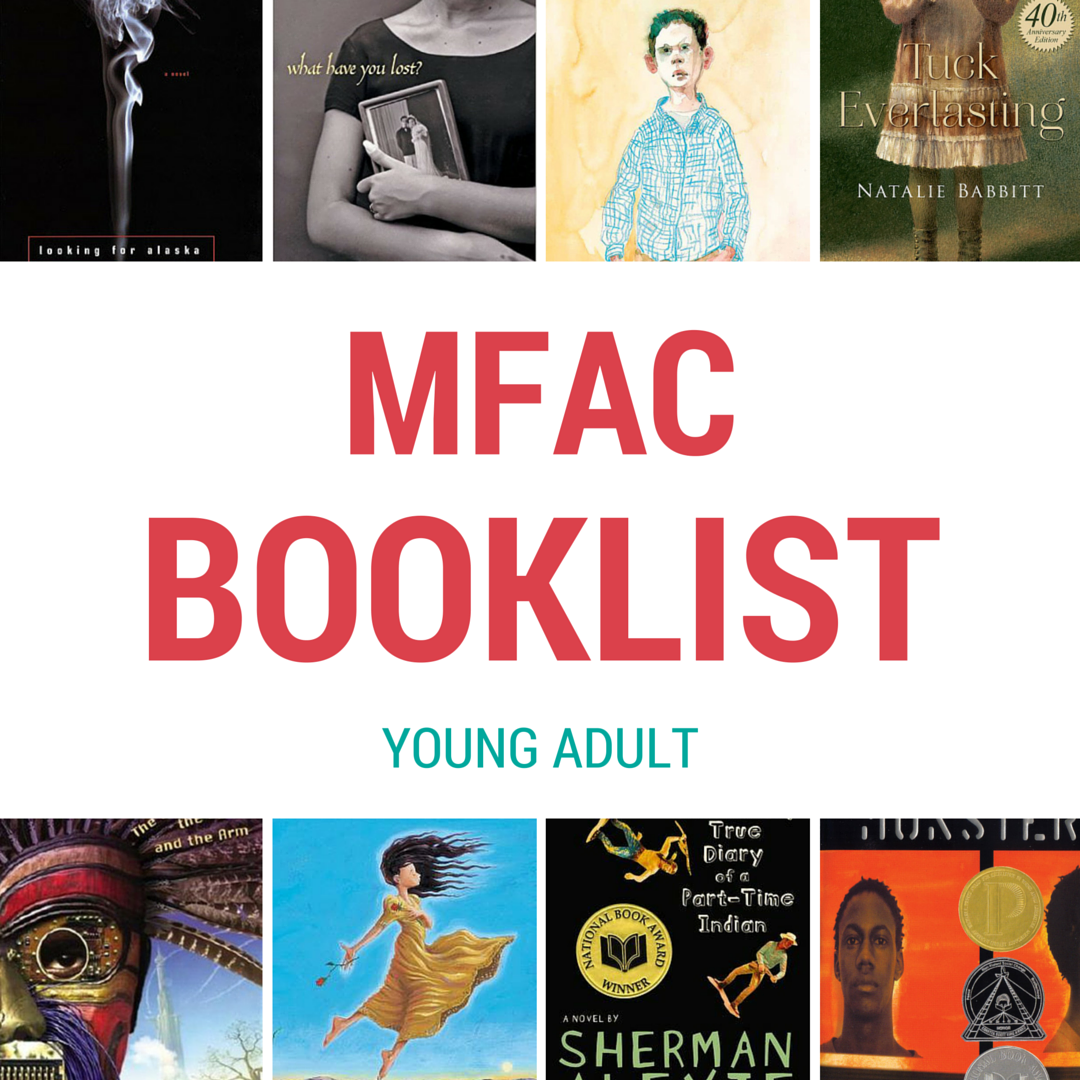

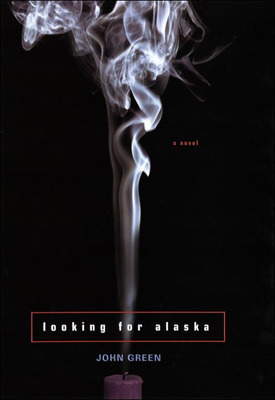
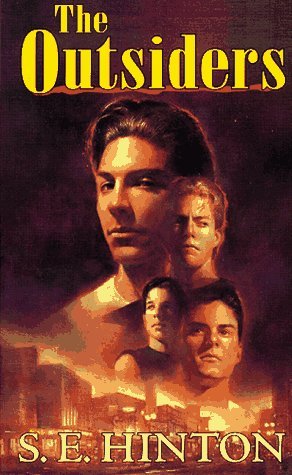




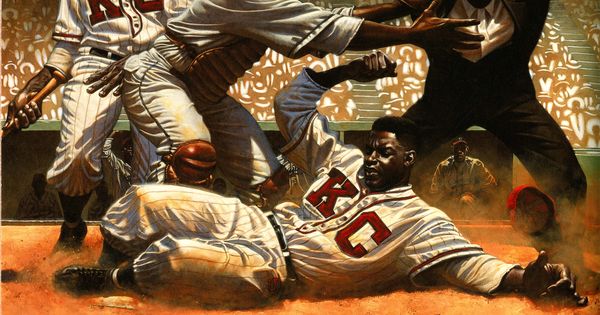

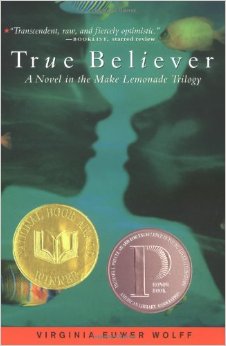
What Jamie Saw is the story of a boy and his mother fleeing an abuser. The first chapter is heartbreaking and poignant. Coman chooses a close 3rd person but incorporates a distinct narrator voice—mature, respectful (similar to the Ramona books but less optimistic). So the voice...